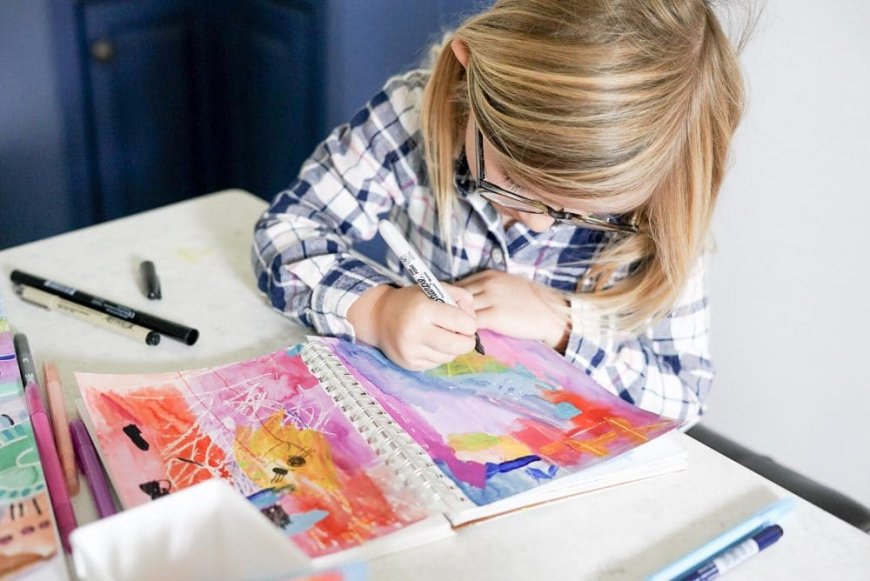Use sketch notes in school

There is an incredible amount of potential for learning and understanding content in visualization. while in discussion with a Institute trainer how presented the visual method used to present more complex lesson content in such a way that everyone can quickly access it. Pupils can use sketch notes profitably, for example to reproduce the content of lectures or to structure and develop their own thoughts.
When I was still at school, there was only one way to show the teacher that you were really paying attention to the content of the lesson: I stared spellbound at the blackboard and copied exactly what was written there. Because that was the only way the teacher and I could ensure that all relevant information was recorded and later used as a learning template - which I then laboriously struggled through.
Does that sound familiar to you? Indeed, it has long been believed that this is the right way to provide students with instructional content. Not listening, but "scribble" on the side was considered inattentive and impudent. Today, on the other hand, the small supposed "scribbles" are increasingly finding their way into everyday life and work. In the meantime, there is something like a visualization wave that is moving more and more into schools. That's a good thing, because there's an incredible amount of potential here for learning and understanding content.
Sketch notes as part of the lesson
In the literal sense, "Sketch notes" are visually enriched notes, i.e. notes that are provided with image elements such as symbols or frames and are thus visually enhanced. What at first glance looks "pretty" above all has a concrete use for understanding and remembering content. Because the combination of image and text, also known as "dual coding", was already described in the 1970s by the scientist Allan Paivio. He found that information is anchored differently in the brain when text and images are combined. The result: significantly more content remains in the brain from combined information than from information that is consumed passively (i.e. by listening or watching) or only written down.
There are now some recent studies that support this statement. It has been shown that the process of filtering and drawing is extremely important for understanding and retaining content. This turns the passive information intake into an active one, which ensures that content sticks better - and that is of course ideal for the lesson.
What can Sketch notes be used for?
Basically, there are hardly any limits in the school environment: Both grammar rules and rules of the game in sports up to photosynthesis can be presented with sketch notes. It often doesn't require any special images or skills: it's enough to add simple two-dimensional symbols or draw stick figures. And no, Sketch notes don't have to be "beautiful" to work!
How to use sketch notes in class
The good thing is that you don't necessarily have to introduce children to drawing. Kindergarten children in particular like to draw straight away, without the demand for perfectionism, which often gets in the way of them and us adults later when you have to draw something quickly. My advice is therefore always to keep elementary school students enthusiastic about drawing and to let them make small symbols from time to time.
Of course, it is also important that the teachers set a good example. Images and symbols should be an integral part of blackboards and worksheets, so students naturally learn to work with images.
